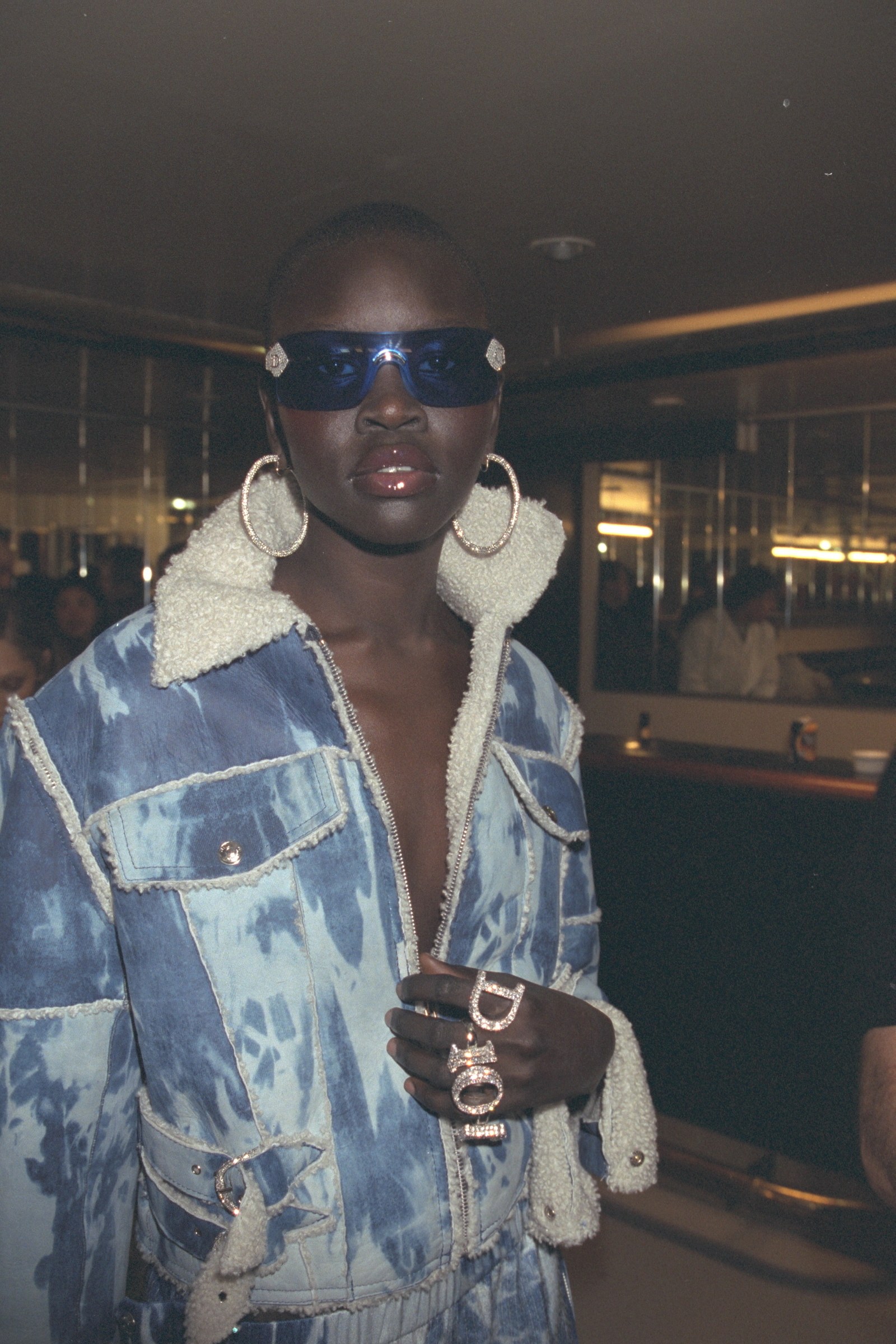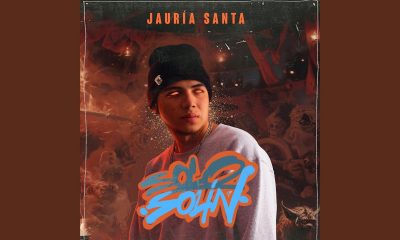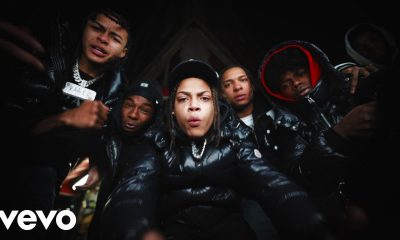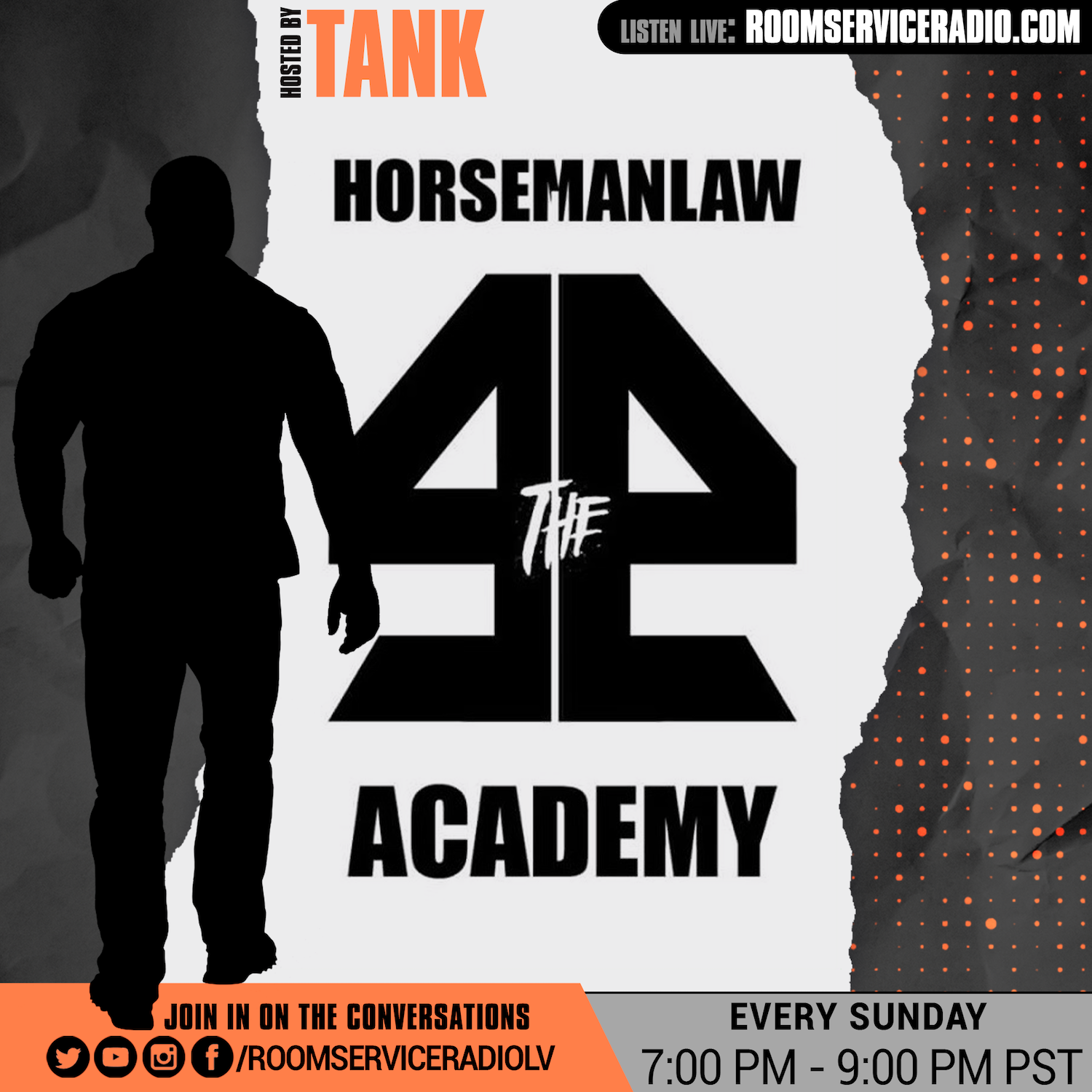
Recent Vintage: Why Y2K-Era Clothing Is Blowing Up
Since the Met Costume Institute’s Camp: Notes on Fashion has everyone jockeying to be the doyen of what does and does not meet the term’s criteria, Y2K is a useful source of inspiration and authority. “There was a really big emphasis on uniqueness, customized things and one-of-a-kind things,” said stylist and vintage collector Gabriel Held. He named as an example Lil’ Kim’s infamous 1999 VMA outfit: the sparkly lavender catsuit-and-pasties combo designed by her stylist Misa Hylton-Brim. “Even if it was on many a worst-dressed list, these are the looks we remember now. No one’s going to remember who wore a silver Balmain dress twenty years from now.”
The things that people do remember are now collectors’s items—but so are pieces of less striking origin. Held, who recently sold most of his Baby Phat collection to Rihanna, makes a point of collecting not only designer pieces, but the mainstream brands of the era. “In 90s the 2000s, I feel like there was a very cyclical relationship between luxury fashion and the urban marketplace…where the way that these styles were being reinterpreted by the urban community in turn influenced the way designers made their subsequent collections, which then got reinterpreted into the streets, and so on and so on,” he told me. According to Stephanie Kramer, by the Y2K era, the distinction had grown vanishingly small: “The feedback loop [between luxury and street fashion], it’s not even a loop anymore,” she said. “It’s almost like this little scribble, going back and forth.”
A model at Dior’s A/W 2000 show.
Stephane Cardinale – CorbisThis might explain Y2K’s renewed popularity. The tech reckoning that never came to pass instilled relief, but also cynicism about the market forces that had produced the scare; it highlighted the vulnerability in being part of a global network and undermined traditional understandings of high culture and expertise. This all feels familiar today, which is why it can be fun—even cathartic—to own a piece of an era that was both very excited about the sexy, high-tech future and also already kind of trolling itself. Plus, the way these sellers are finding success echoes the informal, tech-forward spirit of Y2K: very few have brick-and-mortar storefronts, with many selling over eBay, Grailed, Etsy, or Instagram. Held has a Depop account, but “that’s not where you’ll find the crown jewels,” he says—for those, make an appointment.
“It almost doesn’t feel like we’re getting the sudden return of Y2K fashion; I think it’s been sort of creeping in under the radar for quite a few seasons now,” said Volker Ketteniss, head of menswear at the trend forecasting firm WGSN. He sees a connection between the commercial pranks of contemporary brands like Off-White or Vetements and the cycle of high- and street-fashion influence at the turn of the millennium: “If you think about how much all the recent things in fashion have been trying to challenge taste, and the whole post-post-modern Vetements thing, and all of that self-referentiality, in some ways it’s quite similar to what was going on in the 2000s… Most of it was re-referenced from older subcultures and then redone in a different way.”
Article written by Erin Schwartz #GQ












